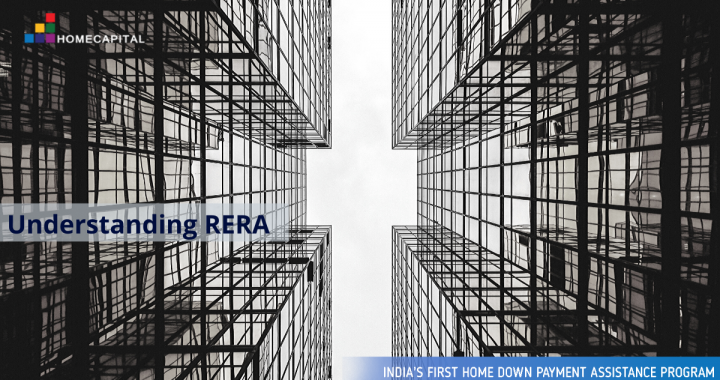
Assessment of Your Financial Situation
April 2, 2019 . Podcast . 10 min readBefore opting for a home loan it is essential to determine how much down payment you can make and how much amount you can afford towards payment of Equated Monthly Instalments (EMIs).
Doing such an assessment will help determine your the effective of your home loan investment. In addition, with this assessment, you will also get a clear understanding that for how long your assets can serve as cover for your EMIs if your regular income stops due to some unforeseen situation. You can determine your home loan budget by following a 4-step process. The steps involved in this process include estimating your net worth, estimating your home budget, home loan eligibility and cover. In the first step, the estimation of your net worth is done by considering all the assets and liabilities held by you and your family. The assets include cash and cash equivalents like savings accounts and fixed deposits, family investments such as mutual funds, equities and insurance, gold jewellery, retirement accounts such as Pension and Provident Fund, durable goods and automobile. The liabilities include home loan, car loan, personal loan, student loan, gold loan, credit card expenses and taxes. Your family’s net worth is defined as the difference between the total assets and the total liabilities. The formula for calculating the net worth is Net Worth = Total Assets – Total Liabilities. After estimating your net worth, you need to estimate your home budget. Usually, banks do perform a detailed assessment of your financial condition before providing you with a home loan. However, they do not consider various costs that consume your disposable income such as grocery expenses and medical bills. By doing an affordability check, you can be sure that you do not borrow more than what you can afford. While estimating your home budget, you need to consider various parameters such as net household income after tax, annual income, monthly expenses, annual expenses, monthly fixed obligations and self-assessment of your financial situation. Net household income after tax comprises of the total income of all the family members who contribute towards household expenses. This includes incomes from other sources such as commissions, bonuses and investments. Annual income includes the sum of the entire family income for the year. It includes income from interest on savings account, fixed deposits, bonds, dividends, gratuity, bonuses, fees and commissions. Income from capital gains on selling equities, mutual funds and gold is also a part of the annual income. Monthly household expenses include monthly bills such as grocery expenses, electricity bill, telephone bill, broadband bill, credit card bill, child’s education and lifestyle expenses. Annual expenses include the sum of monthly utility expenses for the year. These include annual healthcare expenses, annual premiums for health and life insurance, education, transportation, eating out and shopping, the sum of monthly food and grocery expenses for the year and sum of monthly rental paid for the year. Monthly fixed obligations include your fixed payable expenses such as credit card bills, EMI towards car loan, personal loan and education and the insurance premiums. Self-assessment of your financial situation involves the determination of your net disposable income. This calculation is done subtracting the monthly expenses and obligations from the monthly income amount. Home loan eligibility is the third step involved in assessing your financial situation. Home loan eligibility is determined on the basis of three important parameters that include Fixed Obligation to Income Ratio (FOIR), Loan to Value Ratio (LTV) and Instalment to Income Ratio (IIR). FOIR is the ratio of the sum of all the EMIs (current and future) to your gross monthly income. Usually, banks prefer an FOIR that is not more than 50%. LTV denotes the part of the property value that can be availed as the home loan from the banks. The LTV ratio is based on the size of the home loan sought and determines the maximum amount that can be sanctioned to a property buyer. The Reserve Bank of India (RBI) mandates the LTV of 90% for home loans of INR 30 lakh or less. For home loans more than INR 30 lakh and up to INR 75 lakh, the RBI mandates an LTV of 80%. For home loans more than 75 lakh, the RBI mandates an LTV of 75%. IIR denotes the percentage of your income going into paying the EMI of your home loan. Banks usually use an IIR of 30% to 40% while determining your home loan eligibility. Cover is the fourth and final step to assess your financial situation. If there is a sudden drop in your family income or a sudden rise in the expenses for some unforeseen reasons, you should have enough cover to make all your EMI payments for a few months.



